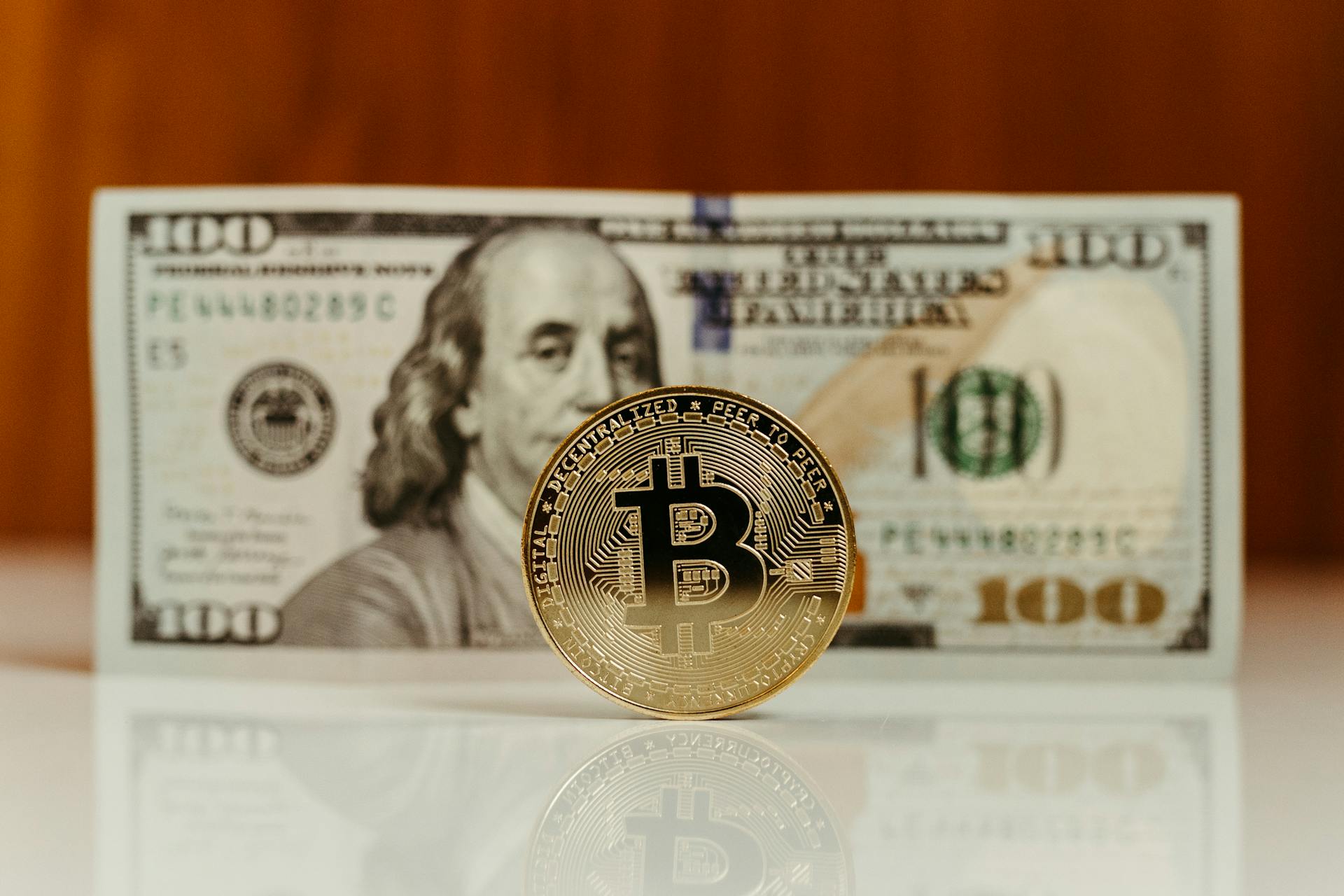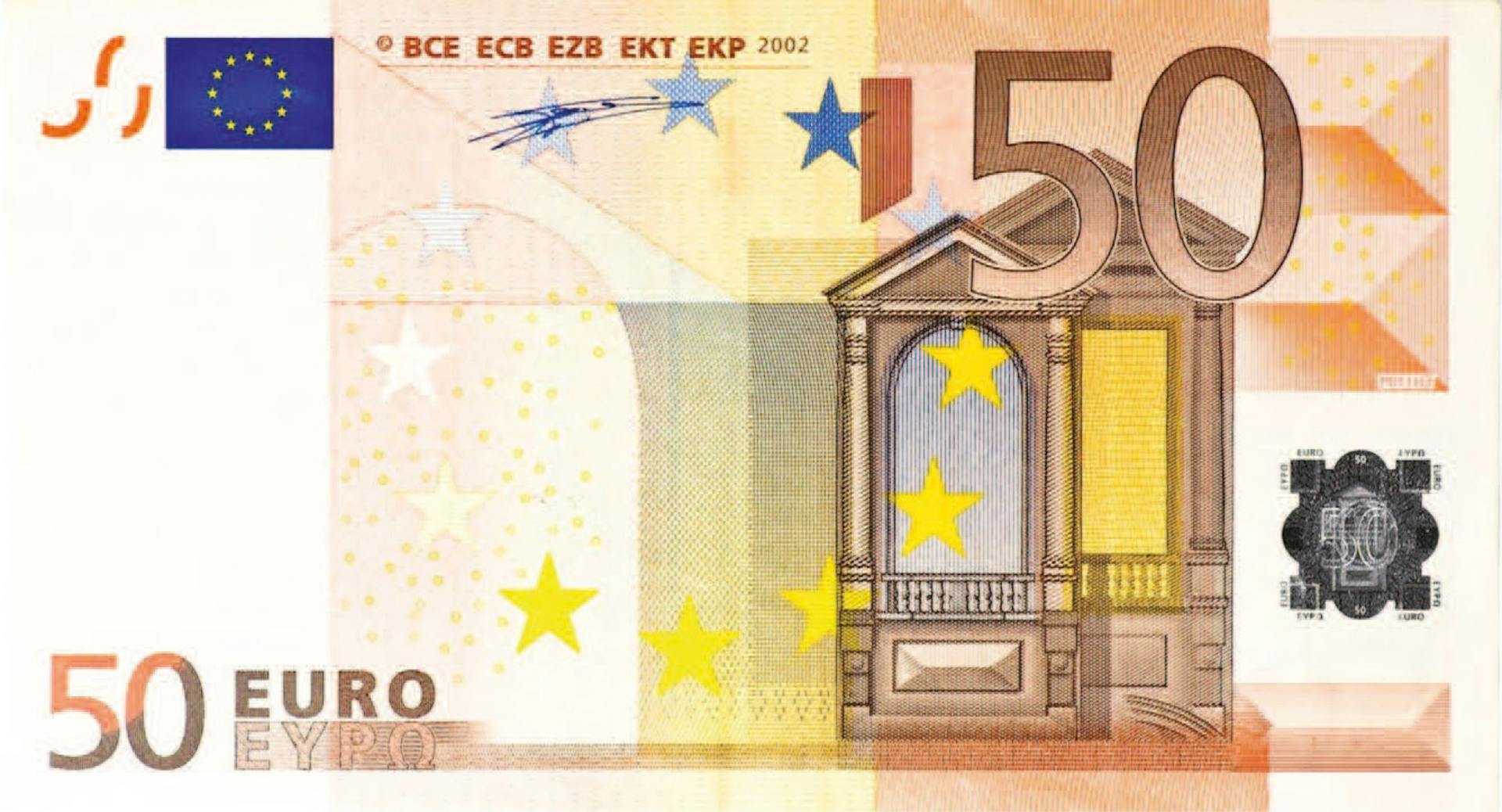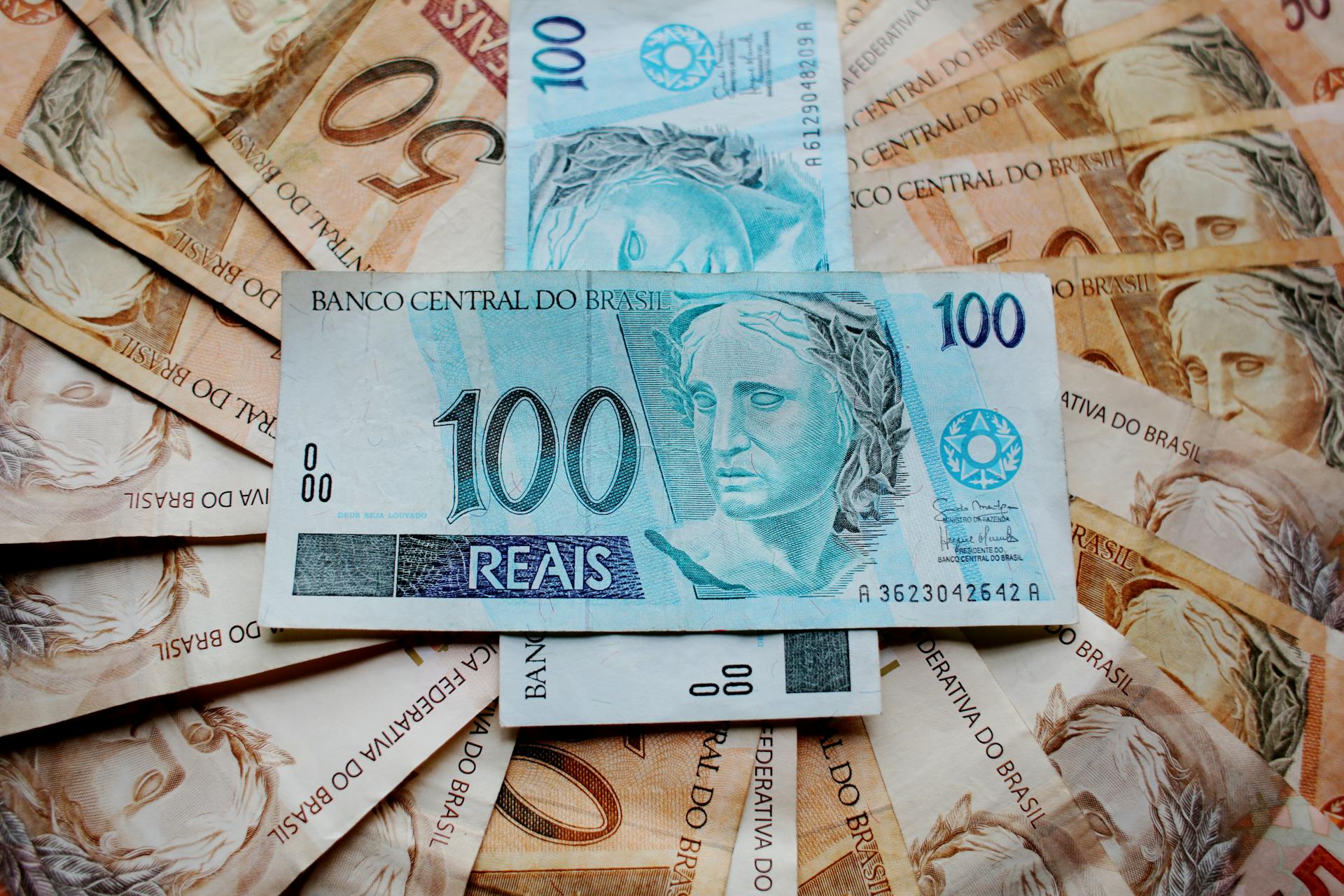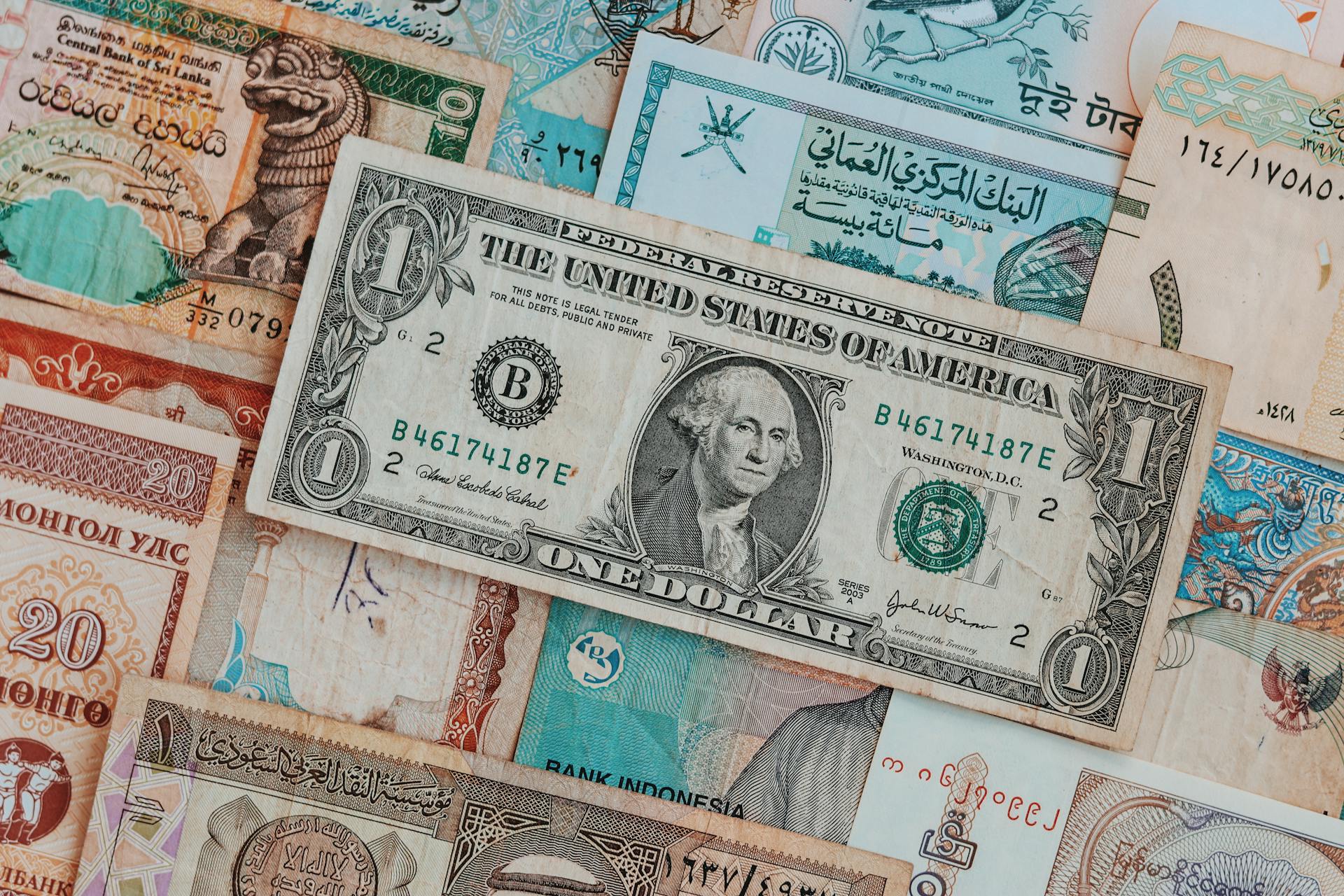
Vietnam has a rich history of banknotes, dating back to the early 20th century.
The first banknotes were introduced by the French Indochinese government in 1907, with denominations ranging from 1 to 100 piastres.
In 1945, after Vietnam gained independence, the Democratic Republic of Vietnam issued its own banknotes, featuring the image of Ho Chi Minh.
These early banknotes were printed in various denominations, including 1, 5, 10, 50, 100, and 500 dong.
History of the Vietnamese Currency
The Vietnamese currency has a fascinating history that spans several decades. The đồng was introduced by the Viet Minh government in 1946, officially replacing the French Indochinese piastre.
The currency underwent significant changes in the 1950s, with the South Vietnamese government adopting a different form of the national currency. This led to two separate currencies, one in North Vietnam and one in South Vietnam.
The fall of Saigon in 1975 had a profound impact on the currency in South Vietnam, which was converted to the liberation đồng. I've heard that this change was a significant adjustment for the people of South Vietnam.
In the mid-1980s, the currency was revalued, making every new đồng worth 10 old đồngs. This revaluation was a major step towards stabilizing the currency and promoting economic growth in Vietnam.
Intriguing read: One Thousand Peso Bill Philippines
Official Vietnamese Currency
The official currency of Vietnam is the Vietnamese dong, denoted by the symbol ₫ and currency code VND. You'll often see the currency code following the monetary amount, such as 1,000 VND or 5,000 VND.
All Vietnamese banknotes feature a portrait of Ho Chi Minh on the front, the revolutionary who served as President from 1945 to 1969. The images on the back vary by denomination.
The Vietnamese dong is available in various denominations, ranging from 100 VND to 500,000 VND.
Here's a breakdown of the currently circulating Vietnamese banknotes:
Vietnamese coins are also in circulation, with denominations ranging from 200 VND to 5,000 VND.
Current Banknotes and Denominations
Vietnamese banknotes currently come in two "families" based on their material: cotton and polymer. The cotton family includes notes with lesser value, such as the 200 VND note, which is printed on dark brown cotton paper.
The polymer family includes notes with higher value, such as the 500,000 VND note, which is printed on polymer in dark blue. This note measures 152mm x 65mm and has a face value of 20.5 USD at the current exchange rate.
Here's an interesting read: 10 Dollar Note Aus
The highest denomination in Vietnamese currency notes is the 500,000 VND note, which is often created for the convenience of storage in personal wallets or large payouts. It's best to keep this note separate from other denominations to avoid confusion.
Here's a list of some of the current Vietnamese banknotes:
- 100 VND: Blackish-brown cotton paper bills with an image of Pho Minh Tower on the back
- 200 VND: Reddish-brown cotton paper notes with an image of a tractor representing the agricultural industry on the back
- 500,000 VND: Dark blue polymer banknotes with an image of Ho Chin Minh’s home in Kim Lien on the back
The Front
The front of every Vietnamese banknote features a familiar face - Hồ Chí Minh, also known as "Uncle Ho." His face is set to the right side of the bill, while a small Vietnamese star adorns the left.
On the plastic polymer notes, a clear window sits to the right of Uncle Hồ. This design element is consistent across all denominations, from 200 to 500,000.
Current Banknotes and Denominations
The Vietnamese dong has undergone significant changes over the years, with the introduction of new denominations and materials. The current banknotes and denominations are a mix of cotton paper and polymer notes, with the latter being more secure and durable.
You'll notice that the polymer notes are made of high-strength materials, such as dark green polymer for the 100,000 VND note. This makes them more resistant to wear and tear.
The cotton paper notes, on the other hand, are made of different materials depending on the denomination. For example, the 500 VND note is printed on red cotton paper, while the 200 VND note is printed on blackish-brown cotton paper.
Here's a breakdown of the current denominations of Vietnamese banknotes:
As you can see, the polymer notes have higher denominations and are made of more durable materials.
Par of 2,000
The par value of 2,000 VND is available on two different materials: dark brown cotton paper and metal coin.
You can exchange a 2,000 Dong cotton banknote for other items, such as mint-flavored gum or a small load of bread, in some parts of Vietnam.
On a similar theme: 100 000 Vietnam Dong to Usd
Par of 10,000
The par value of 10,000 VND is a common denomination you'll encounter in Vietnam.

This amount is equivalent to about 0.40 USD, making it a practical value for everyday purchases.
You can use 10,000 VND to buy a black coffee cup sold on the sidewalk for a quick and affordable pick-me-up.
An egg sandwich or simple Vietnamese bread with pork also costs around 10,000 VND, making it a satisfying snack option.
A local beer or a 300ml Coca bottle sold at a shop can be purchased for this amount as well.
Face of 200,000
Every denomination of the Vietnamese dong features his image, making it easy to recognize the currency.
The 200,000 VND note is printed on durable polymer material with a red-brown color.
It's worth noting that some people might confuse it with the 50,000 VND note, which has a purple-brown color, but this is relatively rare.
The 200,000 VND note is equivalent to 8 USD, making it a decent amount of money for a meal at a good restaurant.
You can even use it to take a taxi ride of around 11-13 km, depending on the traffic.
Here's a quick comparison of the 50,000 VND and 200,000 VND notes:
Using Vietnamese Currency
When traveling to Vietnam, it's essential to understand the local currency. The official currency of Vietnam is the Vietnamese Dong, represented by the symbol ₫ and the code VND.
You'll often see the currency code appear after the monetary amount, such as 1,000 VND or 5,000 VND.
Where to Exchange Money
To exchange your money into Vietnamese Dong, you'll want to head to a licensed establishment. In Vietnam, the government requires all currency exchange to take place at licensed banks or branches.
You can find banks or bank branches in all major cities of Vietnam, so it's not too difficult to locate one. Some good banks to exchange your money include Vietnam Joint Stock Commercial Bank for Foreign Trade – Vietcombank, Vietnam Joint Stock Commercial Bank for Industry and Trade – Vietinbank, Vietnam Joint Stock Commercial Bank for Investment and Development – BIDV, and Asia Commercial Joint Stock Bank – ACB.
Worth a look: List of Banks in Vietnam
At Vietnam's international airports, you'll also find several bank branches that cater to tourists' money exchange needs. It's a good idea to exchange your money into Vietnamese Dong immediately before leaving the airport or using any services, as this will help you avoid any minor problems when your own currency isn't accepted.
Here are some good banks to exchange your money into Vietnamese Dong:
- Vietcombank;
- Vietinbank;
- BIDV;
- ACB.
Mix-ups Are Common
Mix-ups are common, especially when using Vietnamese đồng banknotes that can stick together, making it easy to accidentally hand over too many.
These polymer notes can be a real problem, as they're more prone to sticking together than other types of banknotes.
Street vendors often don't have enough change to give you back, especially if you're using high-denomination notes.
Related reading: Dollar Currency Notes
Sources
- https://www.travelvietnam.com/news/vietnam-dong-vnd.html
- https://blog.remitly.com/currencies/vietnamese-dong/
- https://vietnamnet.vn/en/president-ho-chi-minhs-image-on-vietnams-banknotes-733431.html
- https://theculturetrip.com/asia/vietnam/articles/who-and-what-are-on-vietnams-banknotes
- https://www.vietnamdrive.com/vietnam-currency/
Featured Images: pexels.com


